Liverpool travelled to London on Monday evening to face West Ham in the Premier League. West Ham were coming off a three-match losing streak, but were still in a fighting spot in the middle of the table. Liverpool meanwhile had a turbulent January, losing for the first time this season in a league match to Manchester City, and losing to Wolves in the FA Cup. The Merseyside club were looking to regain some momentum heading into the latter half of the season with a small lead atop the table and Champions League soon returning to their schedule.
Lineups
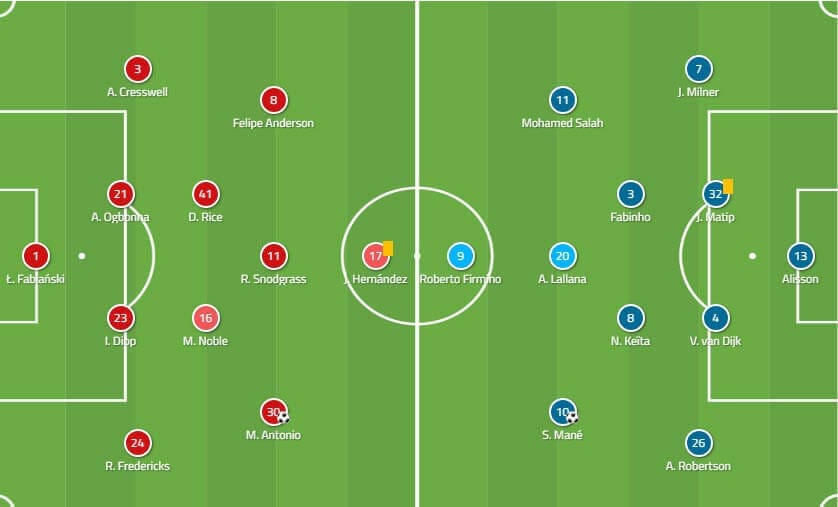
It was debatable more than usual whether Liverpool came out in a 4-3-3 or a 4-2-3-1 given how the movements of the midfield were mostly fluid. The back line saw Joel Matip and James Milner starting for the injured Joe Gomez and Trent Alexander-Arnold, while fitness concerns in midfield saw Adam Lallana start in place of Jordan Henderson or Georginio Wijnaldum.
West Ham’s game plan was relatively clear from the start. Manager Manuel Pellegrini organised the team in a medium to deep block, willing to let Liverpool attempt to build possession forward beyond the halfway line.
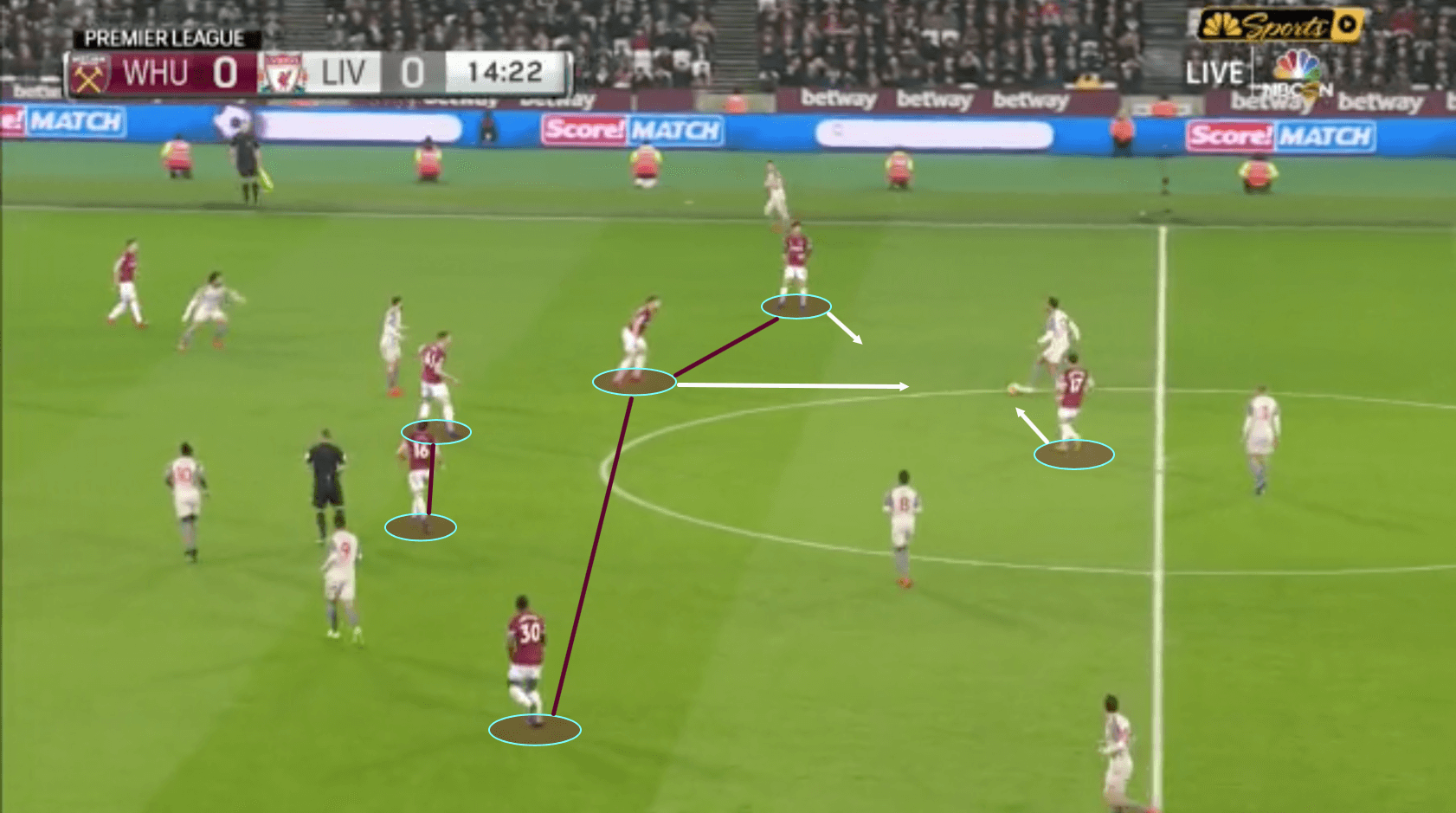
West Ham used a medium block to defend for most of the match, pressing only when Liverpool moved into their half. Their pressing was direct, and they remained intent on blocking passing lanes. They would then attempt counter-attacks behind Liverpool’s midfield off this press.
Difficulty defending set pieces
Liverpool’s consistent loss of the ball led to frantic back-tracking defending, which often ended in free kicks for West Ham. Liverpool’s poor defending at set-pieces also returned this match. The high-risk, high-line defending on these set-pieces led to many quality chances for West Ham in the empty spaces behind the line, including the equalising goal.
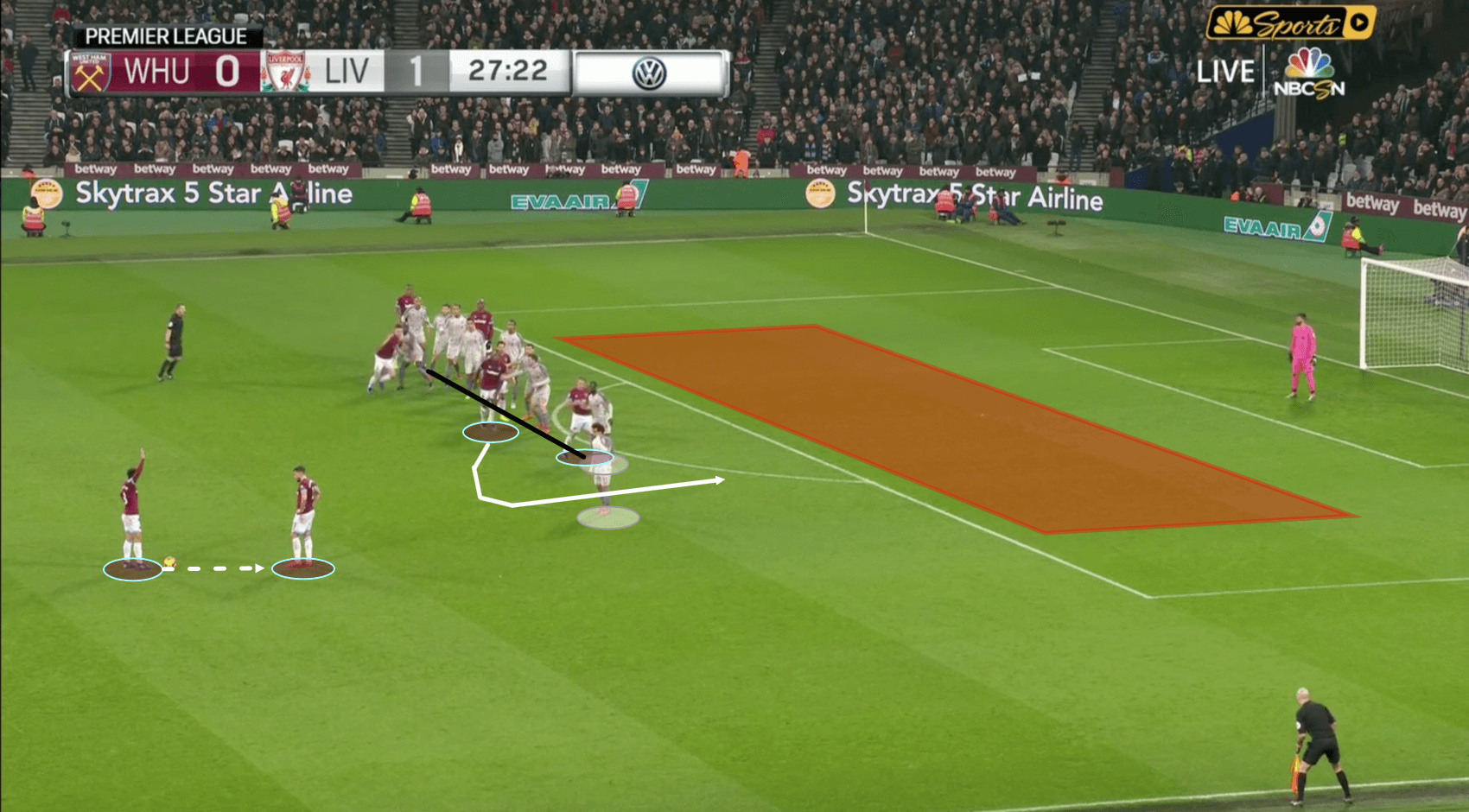
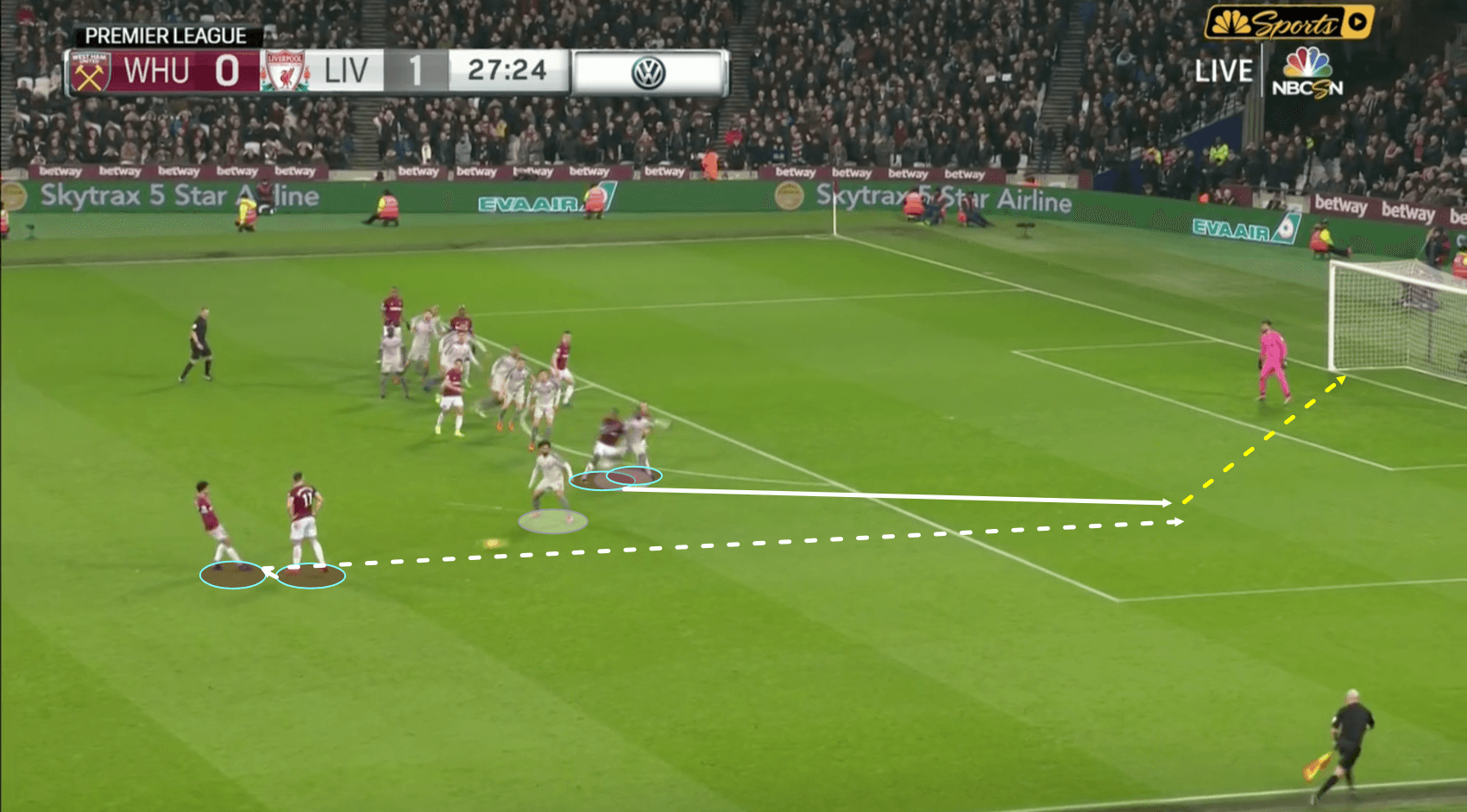
This set-piece play from West Ham was brilliant. Felipe Anderson made a short pass forward to Robert Snodgrass, keeping Mohamed Salah from falling back to defend. This along with the high defensive line allowed Michail Antonio to make a free run into open space in the box as Naby Keita was blocked by Mark Noble. There were a number of times West Ham had opportune free kicks, and Liverpool’s defending rarely varied.
Trouble in progression
One of the biggest issues plaguing Liverpool this season reared its ugly head again at London Stadium: the lack of quick progression down the pitch. The continued shortage of fast attacks, halted by back-passes from the attacking midfield, prevented Liverpool from creating either a man advantage or space in West Ham’s final third.
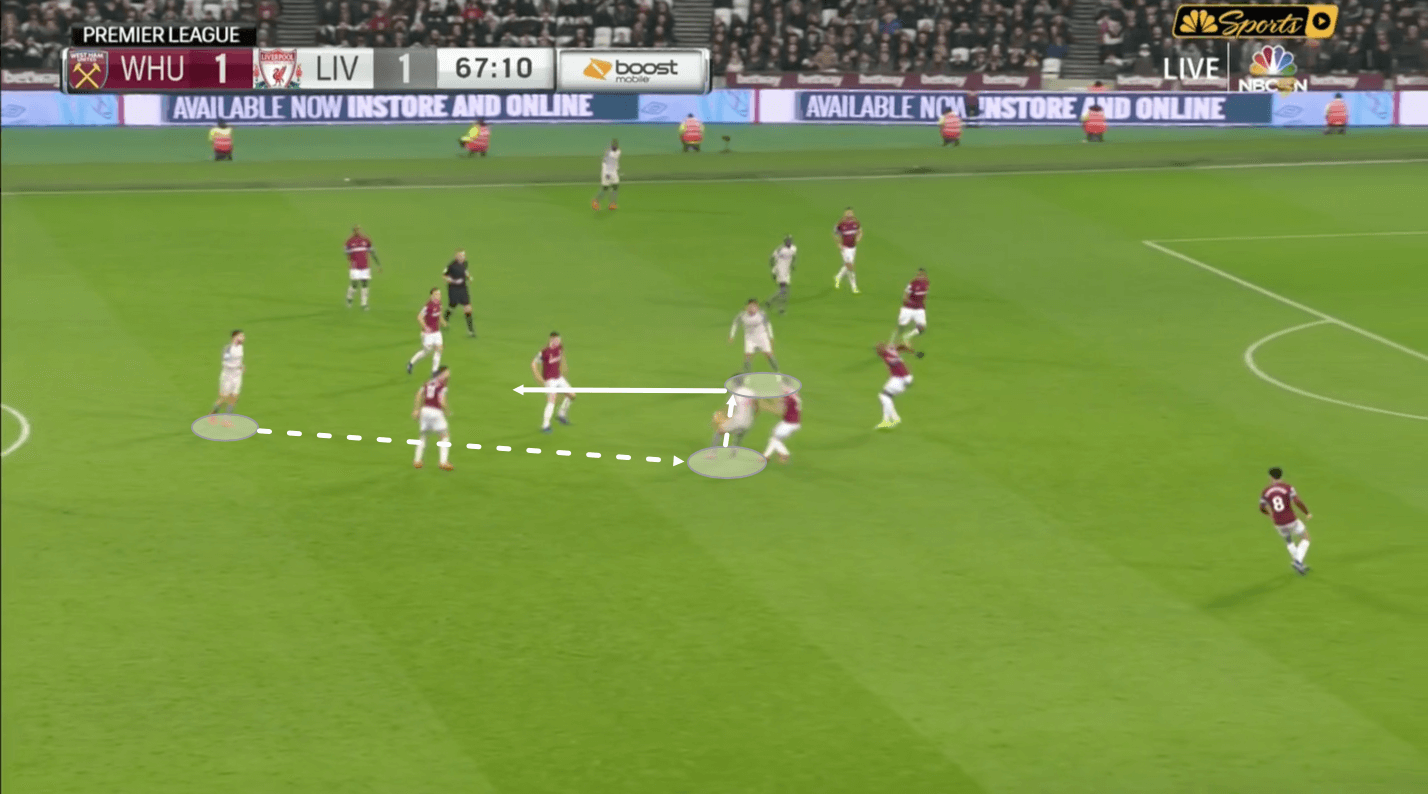
A build-up that starts quickly from Lallana to Salah is then halted by Roberto Firmino who, instead of continuing the forward progression, chooses to dribble backwards. Numerous times this backwards play gave West Ham players time to track back and defend. The deep block West Ham were using the latter half of the match wasn’t made any easier to break by Liverpool’s slow progression.
There were few times when a player, usually either Keita or Sadio Mane, would attempt an aggressive dribble or pass forward. Such moves often came from the half-spaces out to the full back (usually Andrew Robertson) on the touch line, but were stopped by West Ham’s disciplined defending.
Towards the end of the match, West Ham were more than comfortable defending in a deep block. Liverpool’s attack could’ve been more forceful in chance creation. The fact is though that attacking a deep block, especially one in which all 11 opponents are defending, is extremely difficult to penetrate, even for some of the best teams in the world.
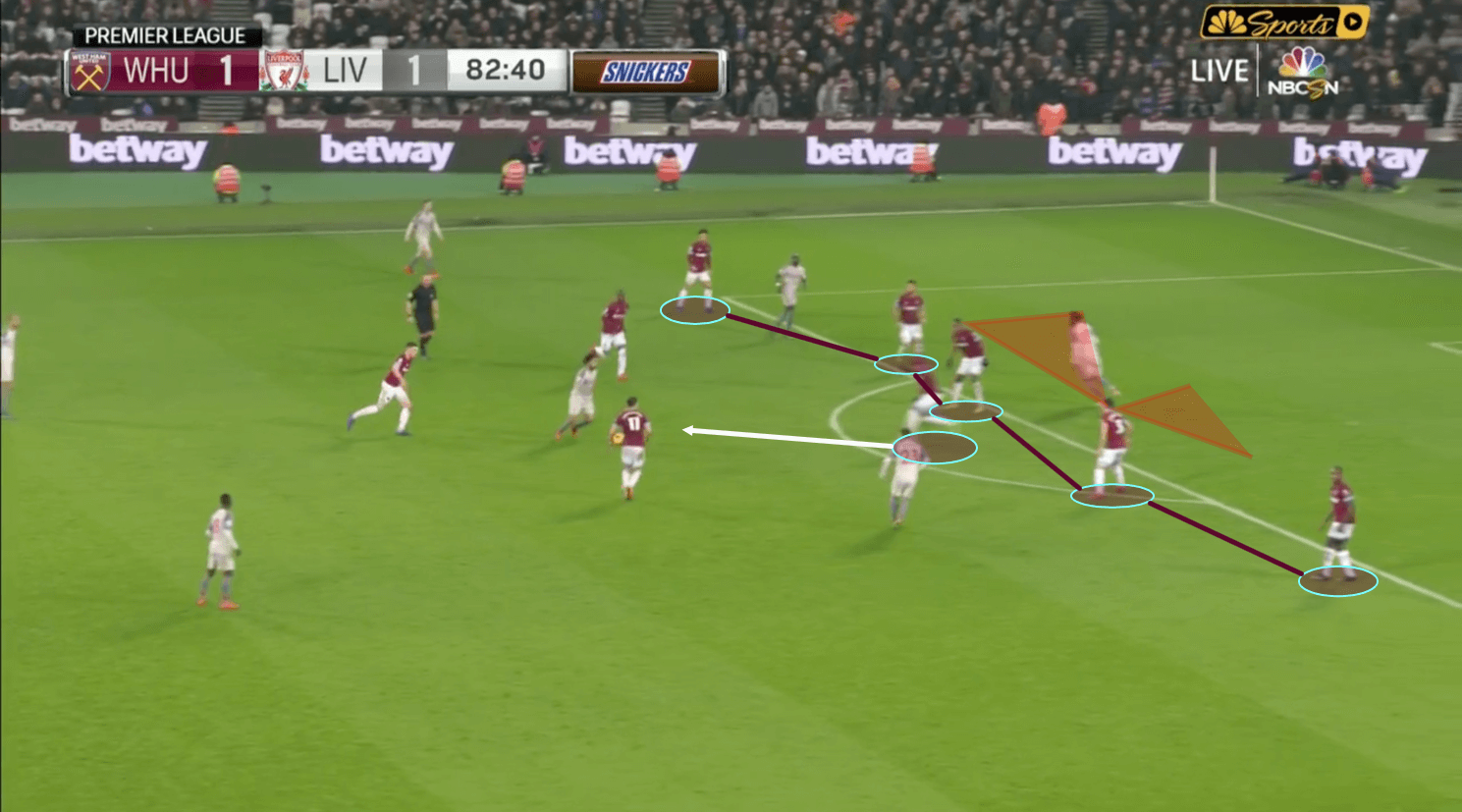
Patchy defending
Ultimately, one of the biggest reasons for Liverpool’s recent vulnerable form is injuries leading to a lack of depth in defence. Being forced to play Milner in the position which would be invaded by the opponent’s best attacker (Anderson) was a questionable move. The slow recoveries of Gomez and Trent Alexander-Arnold have also been frustrating. The decision to loan out Nathaniel Clyne is quickly looking like a mistake.
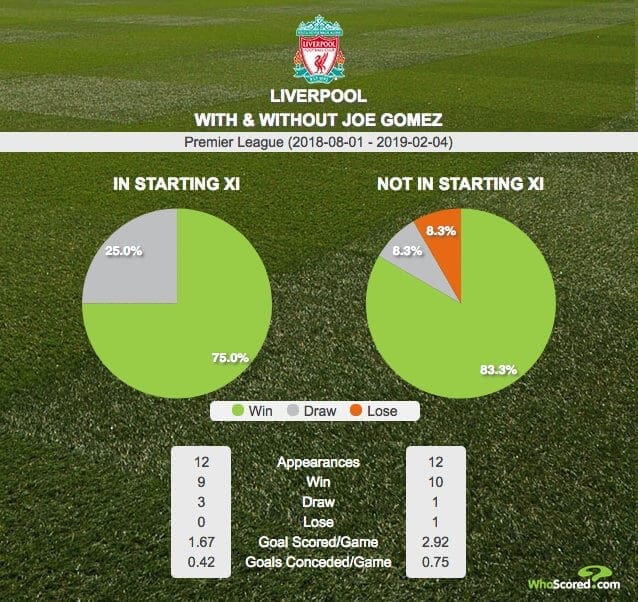
While with/without statistics have plenty of missing context surrounding them, it is notable that Liverpool concede almost twice as many goals without Gomez. Getting the centre-back back to full fitness will be highly beneficial.
Conclusion
Despite the disappointing performance, there is still reason for optimism for Liverpool. The Reds went into the match with a two-point lead at the top of the table and finished with a three-point lead. That extra point that wasn’t the easiest to gain.
The slight loss of form for Liverpool has intensified the chase from Manchester City for first place. After just one clean sheet in the last seven matches, the next match against Bournemouth will be as vital a three points as ever to maintain their lead in the race for the Premier League title.
If you love tactical analysis, then you’ll love the digital magazines from totalfootballanalysis.com – a guaranteed 100+ pages of pure tactical analysis covering topics from the Premier League, Serie A, La Liga, Bundesliga and many, many more. Buy your copy of the January issue for just ₤4.99 here, or even better sign up for a ₤50 annual membership (12 monthly issues plus the annual review) right here.

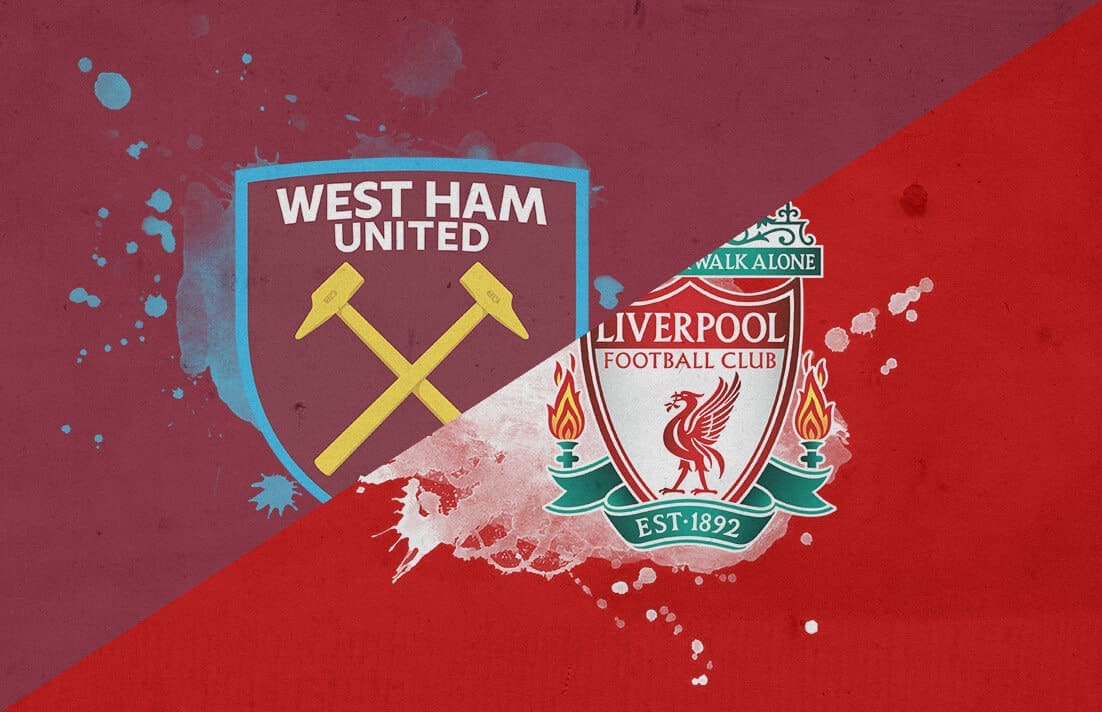



Comments